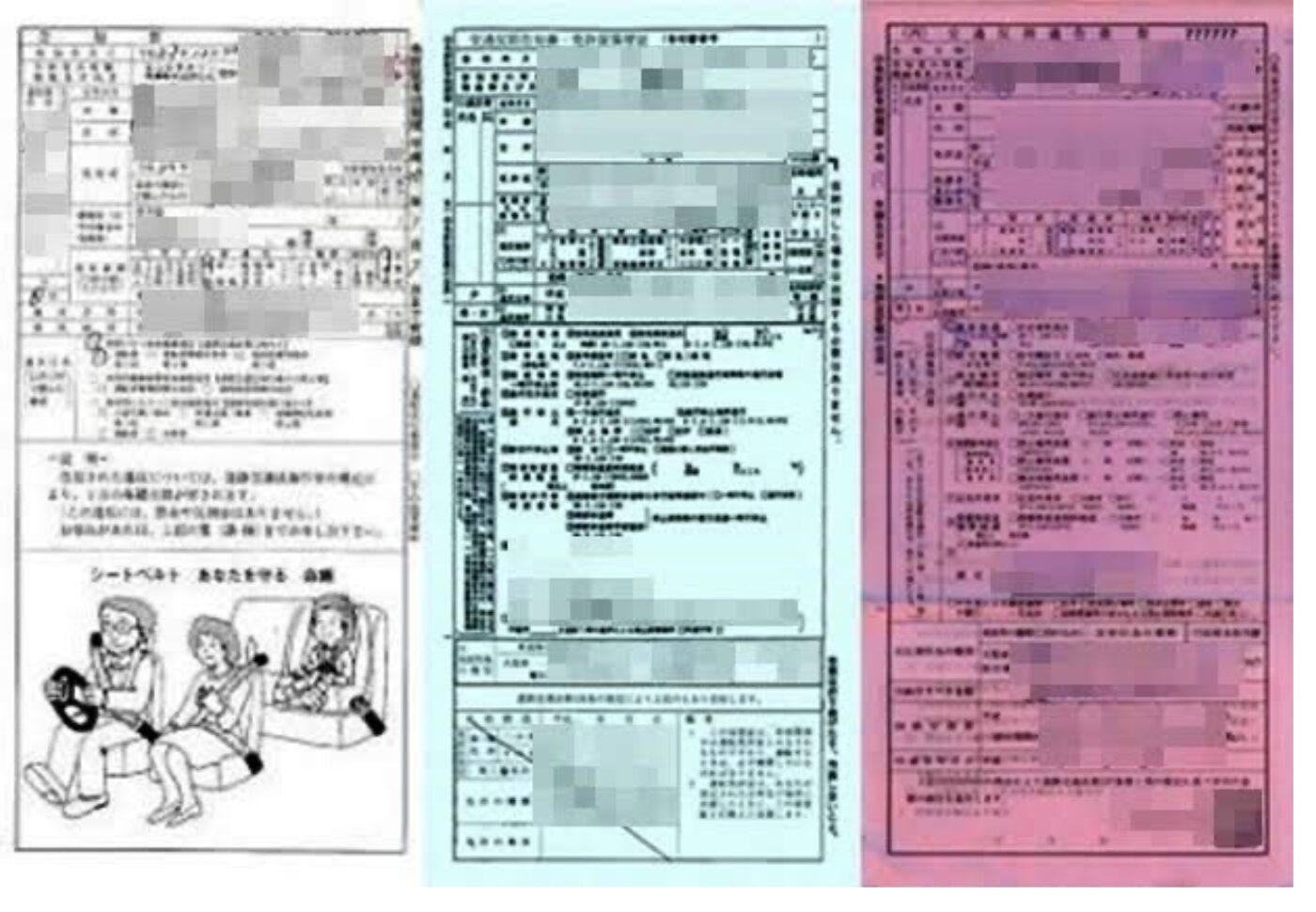If you drive a car in Japan, this article will be very useful. If you commit traffic violations in Japan, you will be given a number of demerit points and a traffic ticket. In Japan we have a demerit point system. If you get more than six points, your driver’s license will be suspended for 30 days or more. Demerit points earned for traffic violations will be reset if there are no traffic violations within a 12-month period. ( In Japan, you have to renew your driver’s license every two years. Reissuing without renewing the driver’s license will reset the previous demerit points. I do not recommend this approach. Please keep this in mind.)
There are three types of traffic tickets. I explain these three types of traffic tickets and how to avoid paying traffic fines.
*What I am about to write is for those who are not convinced by their traffic violations or do not have money. The sooner you pay the fine, the sooner things will go away.
White Ticket
A white ticket is a document issued for the most minor of traffic violations. Violations that will result in a white ticket include failure to wear a seat belt, failure to wear an infant restraint device, and failure to wear a helmet. White tickets do not require you to pay a fine. However, one demerit point will be added. Therefore, it is called a demerit point ticket.
Blue Ticket
A blue ticket is generally given for violating a stop sign, parking, or speeding below 30KPH. Fines for a blue ticket usually range from 3,000 yen to 35,000 yen. Essentially, a formal trial must be held for each traffic violation. However, it would take a long time if we had to do it in court every time. So we’ve created a system where you can pay the fine to a police officer without needing to go to trial.
I will now write about how to avoid paying the fine. First of all, if you are caught by the police for a traffic violation, you will be asked to show your driver’s license. Please present your driver’s license immediately. Otherwise, the police will suspect you are driving unlicensed. You will receive a blue ticket along with your driver’s license. You should never sign a blue ticket. Signing a blue ticket is an admission of your crime. If you do not sign a blue ticket, 99.9% of the time you will not be prosecuted. In other words, you don’t have to pay a fine. If you refuse to sign the blue ticket, you will receive a demand for payment, but you can ignore all of them. However, If you receive a document that says “Yobidashijo” (呼出状) you need to go to court.
If you ignore this, you are admitting your crime. Even if the prosecutor says a lot of things about you, keep denying it (Japanese: Hininshimasu. 否認します。) Once this is done, you will not have to pay a fine.
- In case you signed the blue ticket.
This case is a bit tricky. You can try to avoid paying the fine, but it’s difficult. Speaking Japanese is an absolute requirement. You need to convince the prosecutor that you were unwillingly forced to sign a blue ticket.
Red Ticket
If you do something worse than a blue ticket, you will be given a red ticket, e.g. speeding over 30KPH, driving without a license and drunk driving. Red tickets are cruel/vicious and it is difficult to refuse to sign them. If you were speeding and overtaking, you can refuse to sign. However, this also requires a high level of Japanese language skills.
I will say this. “I was so dazed that I almost hit the car in front of me, so I took emergency evacuation.” After this, the policeman will ask you a lot of questions, so you need to dodge them. It is difficult even for native speakers.




Comments